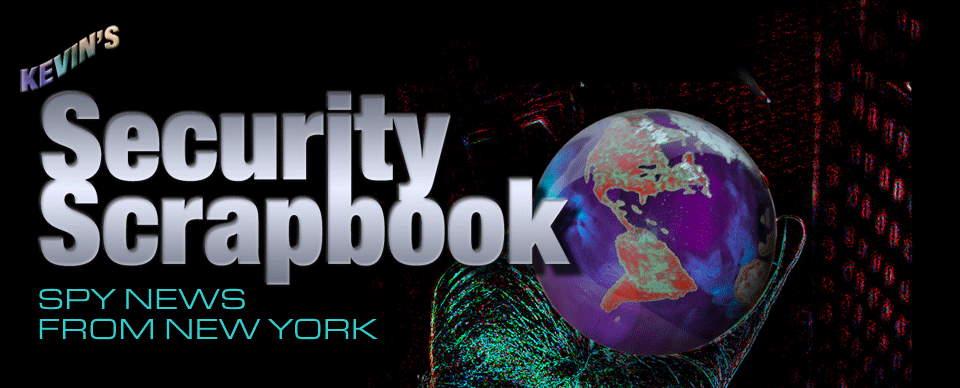In July 1956, the Pennsylvania Bar Association Endowment (PBAE) commissioned a comprehensive study of "wiretapping practices, laws, devices, and techniques" in the United States... The man appointed to direct the study was Samuel Dash... The result of Dash's efforts was
The Eavesdroppers, a 483-page report co-authored with Knowlton and Schwartz. Rutgers University Press published it as a standalone volume in 1959. The book uncovered a wide range of privacy infringements on the part of state authorities and private citizens, a much bigger story than the PBAE had anticipated...
The eavesdropping threat loomed large during the 1950s and 1960s: in the work of state and local law enforcement agencies, who wiretapped extensively in criminal investigations; in the exploits of private investigators and eavesdropping specialists, who capitalized on technological innovations to expand their industry's reach; and, perhaps most importantly, in the contradictions of state and federal lawmakers, who sent conflicting messages about the legitimacy of eavesdropping practices that had dogged the nation's communications infrastructure for more than a century...
Wiretapping is as old as wired communication. Civil War generals traveled with professional telegraph tappers in the 1860s, law enforcement agencies began planting telephone taps in the 1890s, and corporate communications giants tacitly sanctioned state and federal eavesdropping programs of various sorts for most of the twentieth century. Somewhat surprisingly, this wasn't a drama that played out in the shadows of American life. Police eavesdropping garnered front-page headlines during the 1920s, when the telephone tap emerged as an effective tool in the enforcement of Prohibition laws...
Eavesdropping technologies of various sorts have been around for centuries. Prior to the invention of recorded sound, the vast majority of listening devices were extensions of the built environment. Perhaps nodding to the origins of the practice (listening under the eaves of someone else's home, where rain drops from the roof to the ground), early modern architects designed buildings with structural features that amplified private speech. The Jesuit polymath Athanasius Kircher (1601-1680) devised cone-shaped ventilation ducts for palaces and courts that allowed eavesdroppers to listen to other people's conversations. Catherine de' Medici (1519-1589) is said to have installed similar structures in the Louvre to keep tabs on individuals who might have plotted against her. Architectural listening systems weren't always a product of intentional design. Domes in St. Paul's Cathedral in London and the U.S. Capitol building still serve as inadvertent "whispering galleries," enabling prying ears to hear conversations held on the other side of the room. Archaeologists have discovered acoustical arrangements like these dating back to 3000 B.C.E. Many were used for eavesdropping...
 |
| Click to enlarge. |
The earliest electronic eavesdropping technologies functioned much like architectural listening systems. When installed in fixed locations—under floorboards and rugs, on walls and windows, inside desks and bookcases—early-twentieth-century devices like the Detectifone, a technological cousin to the more common Dictaphone, proved surprisingly effective...
The devices that we now think of as "bugs" emerged much later. During the late 1940s, electronic innovations made it possible for eavesdroppers to miniaturize listening technologies like the Detectifone. This made them easier to hide. It also freed them from the strictures of the built environment, dramatically expanding their reach. Reports of an American bugging epidemic began circulating in the early 1950s—first, as glimpses of the man-made miracle of electronics miniaturization began to appear in national newspapers, popular magazines, and Hollywood films, and later as congressional subcommittees revealed scandalous tools of the eavesdropping trade on the floor of the United States Senate.
more
 Authors:
Authors: 












